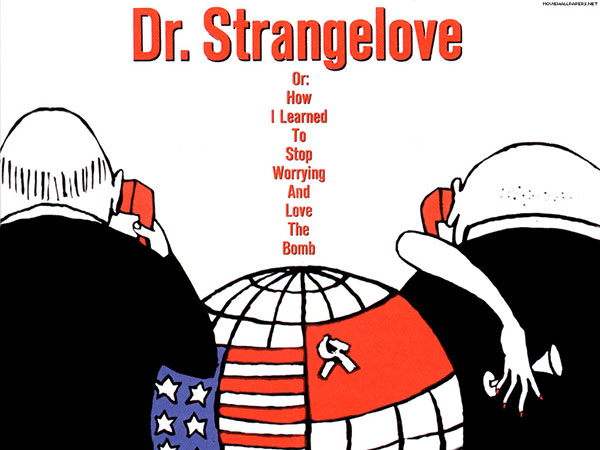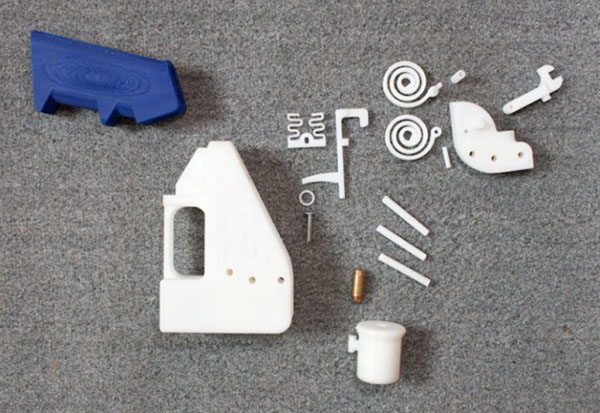Close
GET 20% OFF
By subscribing to our newsletter
 As the saying goes, “There are two sides to every coin”. So true this proverb is when applied to violence in design.
In May 2013 the world was shocked when the exciting new venture of 3D printing, heralded as a giant step in the manufacturing sector, was put to work printing a gun. The material used to print the operational gun was of a substance that could be taken undetected on a plane, thus we all gasped and debate erupted.
[caption id="attachment_8668" align="aligncenter" width="600"]
As the saying goes, “There are two sides to every coin”. So true this proverb is when applied to violence in design.
In May 2013 the world was shocked when the exciting new venture of 3D printing, heralded as a giant step in the manufacturing sector, was put to work printing a gun. The material used to print the operational gun was of a substance that could be taken undetected on a plane, thus we all gasped and debate erupted.
[caption id="attachment_8668" align="aligncenter" width="600"] The Liberator: The first 3D printed operational gun
The Liberator: The first 3D printed operational gunImage courtesy MOMA[/caption] Design always had the capability to err on the wrong side of the tracks. Usually when we think about design it is architecture, furniture and fashion rather than weaponry and destruction that spring to mind. It has been a while since an advancement in our industry has had the ability to cause so much unrest. On one side this advancement allows people with a 3D printing machine to design and manufacture their own goods, unleashing a new wave of creative energy and product both with endless opportunity for growth . The other side of course, is the possibility for weaponry to be created without regulation. And so it is of course that New York City’s Museum of Modern Art in conjunction with the platform Design and Violence is hosting a series of industry debates on how violence manifests in design. Part 2 of the three-part series takes place on April 10 – more information can be found here. It’s a stirring thought: on which side does your coin land?
Search
Archives
- 2020
- 2019
- 2018
- 2017
- 2016
- 2015
- 2014
- 2013
- 2012
- 2011
- 2010
- 2009
My Wish List

